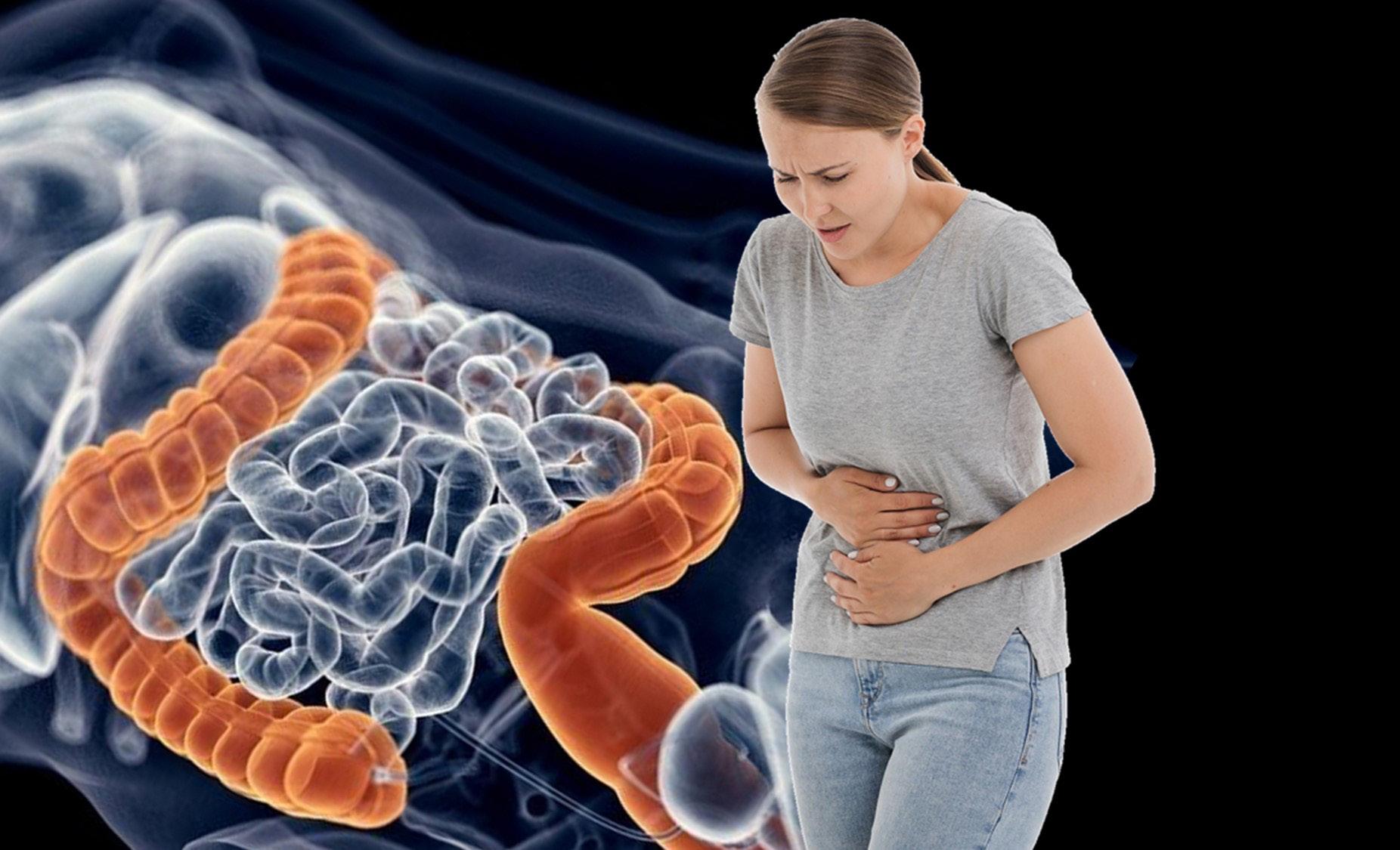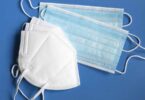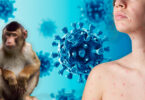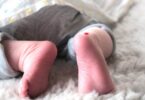Crohn’s disease together with ulcerative colitis form one of the so-called inflammatory bowel diseases. The cause of Crohn’s disease is unknown.
Since its discovery a century ago, various theories of its cause have emerged, including autoimmunity, mycobacterial infection, and erroneous immune response to ingested food and other materials. There is no solid evidence for any of these theories.
It is a chronic inflammatory disease with intermittent manifestations that mainly affect the gastrointestinal tract in its entirety from the mouth to the anus.
Although the cause of Crohn’s disease is unknown, it is believed to be due to a combination of environmental, immune, and microbiological factors in genetically susceptible individuals.
This disease produces specific symptoms such as:
Abdominal pain, diarrhea, fecal incontinence, rectal bleeding, tenesmus, weight loss, anemia, and fatigue. Extra-intestinal symptoms can involve the skin, joints, bile duct, and eyes. Due to the recurrent inflammation and sometimes chronic state, intestinal obstructions can develop and patients are at increased risk of developing colon cancer.
Tobacco smokers are twice as likely to develop Crohn’s disease than non-smokers.
The triggering factor is in many cases a gastroenteritis. The diagnosis is based on a series of findings including biopsies, appearance of the intestinal wall, location of the affected areas of the gastro-digestive tract, medical imaging techniques, and description of the symptoms. Other conditions that may show symptoms in common are irritable bowel syndrome and Behçet’s disease.
There are no drugs or surgical procedures that can cure Crohn’s disease. Treatment options are intended to reduce symptoms, maintain remission, and prevent relapse.
It is recommended that patients have colonoscopies every few years to monitor the progression of the disease as well as for the prevention of colon cancer.
Along with medication, lifestyle changes are important, and can help reduce the symptoms of the disease, as well as improve the prognosis. Smoking cessation is recommended for smokers, a healthy diet that avoids foods that trigger symptoms, maintaining proper hydration, and regular non-strenuous physical exercise.
Diets used in clinical practice
In an outbreak situation, four diets are generally considered in clinical practice:
- Low residue (also called a low fiber diet). It is indicated in patients with severe inflammation, and in cases of confirmed or suspected stenosis in order to reduce the risk of obstruction. Fiber generally avoided is the insoluble type (cruciferous vegetables, fruit skins, nuts, seeds, dried fruit, etc.).
- Low fat (also called a bile protection diet). It is indicated in patients with involvement of the ileum. When the ileum is compromised, the absorption of fats and bile is reduced, and their intake favors increased diarrhea and colon irritation.
- Gastric protection (colloquially called soft diet).
- Lactose-free or dairy-free. In outbreak, an intolerance to dairy products may appear. The presence of lactase (enzyme that digests lactose) may decrease during flare-ups, but it does not appear to be the predominant cause of intolerance.
There is no unified guideline regarding the choice or combination of these diets, but rather it is a function of the individual tolerance of the patient, the severity of their outbreak, and the affected area of the digestive tract.
Depending on the place of inflammation, Crohn’s is classified as:
- Ileocolitis, the most common form, affects the lower part of the small intestine (ileum) and the large intestine (colon).
- Crohn’s enteritis, affects the small intestine in general.
- Ileitis, which affects the ileum or final portion of the small intestine.
- Gastroduodenal Crohn’s disease, which causes inflammation in the stomach and the first part of the small intestine, called the duodenum.
- Jejunoilitis, which causes patchy patches of inflammation in the upper half of the small intestine (jejunum).
- Crohn’s (granulomatous) colitis, which affects the colon.
- Crohn’s in critical condition with stricture, few cases have been documented in the world and it occurs when the disease does not respond to any treatment. In this case, surgery would be performed if the affected area was not very extensive.







